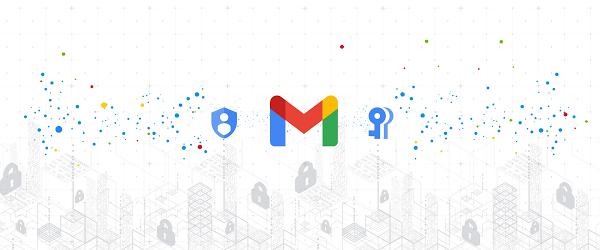Every day, Gmail’s filtering capabilities and advanced security protections help billions of people stay safe and get things done more efficiently. We’ve built a strong foundation, and over time, we’ve continued to improve our systems—blocking more than 99.9 percent of spam, phishing, and malware from ever reaching users’ inboxes.
Spam filters exist to stop unwanted, unsolicited, or dangerous messages from reaching inboxes, so that users can focus on the content they wish to receive. Our protections and systems are designed with this philosophy in mind. While Gmail users appreciate these tools, we sometimes get questions from organizations that send large amounts of emails (also known as bulk senders), including retailers, nonprofit organizations, and groups from across the political spectrum, about how our mail classification tools work. Recently, some misperceptions circulated regarding how Gmail spam filtering works, but the academics whose research was under discussion have clarified their findings. We’d like to share even more details here.
Simply put, to protect users at scale, we rely on machine learning powered by user feedback to catch spam and help us identify patterns in large data sets—making it easier to adapt quickly to ever-changing spam tactics. Gmail employs a number of AI-driven filters that determine what gets marked as spam. These filters look at a variety of signals, including characteristics of the IP address, domains/subdomains, whether bulk senders are authenticated, and user input. User feedback, such as when a user marks a certain email as spam or signals they want a sender’s emails in their inbox, is key to this filtering process, and our filters learn from user actions.
We also understand the importance of maximizing email delivery for senders so that they can reach users who wish to receive their content. That’s why we offer senders a range of free tools and resources to help them reach users, including Gmail best practices and help center articles on sending bulk emails.
To improve email delivery to inboxes, the recommended tool for bulk senders is our Postmaster Tools site, where any bulk sender can see the health of their domain. We encourage bulk senders to engage with the Postmaster Tools site to access data and diagnostics that will help them better understand how to successfully reach their intended recipients. We are working to increase the amount and types of information we provide in Postmaster Tools.
Our filtering capabilities and security protections are built to give users the best overall Gmail experience by delivering the email they want to see. We will continue to explore ways to empower users to further personalize their spam filtering, while also enabling bulk senders to better identify themselves and improve inbox deliverability. We look forward to sharing more as our work in this area progresses.
Cloud BlogRead More


